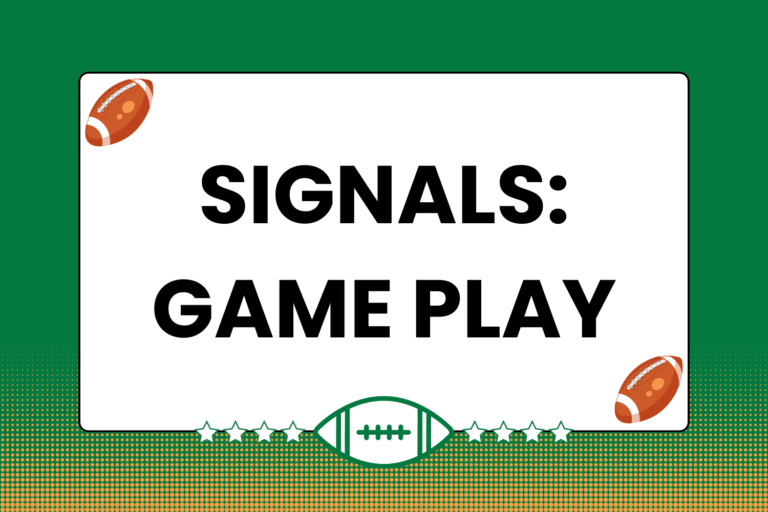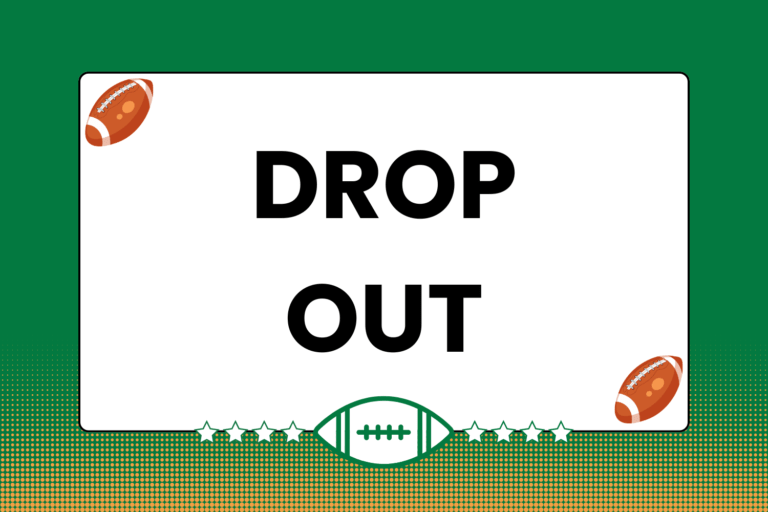Every rugby player will touch the ball at some point in a match. While it’s true that some players will control the ball more than others, all players should have at least a functional understanding of what to do with the ball when it comes to them. The situations faced by the player with the ball boils down to two options: Hang on to the ball, or get rid of it. Obviously, the specifics of the situation will determine not only which option to go with, but also how to best manage that option.
Here are some examples of those specifics that the ball carrier should consider:
- the number of defensive and offensive players nearby
- the team’s position on the pitch
- the particular abilities of the ball carrier
Sometimes the situation a ball carrier is faced with is too difficult to handle alone – too many defenders, too close to the touch line, too tired after running a long distance. In these instances, the ball carrier should choose to get rid of the ball, either by passing it to a teammate or kicking it down the pitch.This guide illustrates the basic moves the ball carrier can make after deciding whether or not to hold on to it.
Getting Rid of the Ball
In order to safely offload the ball, prior to contact the ball carrier will quickly locate nearby teammates and decide which of them would most easily catch the pass. The ball carrier should also take into account which teammate it would be easiest for him to pass to; finding a balance between ease of passing and ease of catching is crucial to properly executing a pass.
Somewhat more difficult is attempting to pass the ball while being brought to the ground; if the ball carrier starts to fall (usually over the top of a defender), it’s perfectly legal to pass the ball off, as long as it happens before the ball touches the ground.
How to Execute a Basic Pass
Being able to make a simple pass is one of the most crucial skills in the game. Though some players make more passes than others, at some point in a match every player will be in a situation where a pass needs to be made. Here are the steps for executing a basic pass:
Step 1: Holding the Ball
To pass the ball, the ball carrier should start with the ball gripped firmly in both hands with the points going straight up and down. Although the actual position of the hands on the ball will vary by player according to their comfort (as well as by the type/distance of the pass), the thumbs generally are pointed up and the fingers spread out across the lower half of the ball on each side.
Step 2: Making the Pass
A pass is attempted by swinging the arms in the direction of the intended recipient, then releasing the ball so it’s behind the ball carrier and immediately in front of the recipient at a height of somewhere between the waist and chest. Keep in mind that forward passing – a pass that goes in front of the player that passed it – is illegal, so it’s crucial that the recipient of the pass be behind the player passing the ball.
Although the mechanics of a rugby pass are fairly simple, there are extra steps that can be applied to pass the ball different distances, and in different directions. For example, when passing to a teammate that’s close by, the ball carrier would likely attempt a pop pass. The pop pass is named so because the majority of the ball’s movement results from an upward ‘popping’ motion of the fingers. This passes the ball off in such a way that there is less lateral movement than there is vertical.
The pop pass works very well for getting the ball to a teammate that’s close by, but would likely fail miserably if it was used in trying to pass the ball to a teammate who’s farther away. As mentioned before, there are additional actions that can be applied to a pass which will provide extra distance and accuracy. Such passes are commonly referred to as the ‘long’ or ‘spin’ pass, and are often used to reach a teammate who’s far away. Though the timing makes it slightly more difficult, they are also frequently used to pass the ball in such a way that the player catching it does so while running full steam ahead, giving the recipient of the pass a slight advantage over defending players because he/she is likely running faster than the defenders.
Hot Tip: Making a Long/Spin Pass
From the same pre-pass grip, the ball carrier will rotate the hands backwards on the ball with the fingers still covering most of the lower half, but with the thumbs at an angle pointed back at the ball carrier. The ball itself will be rotated forward, with the top end pointed in the direction of the recipient. The ball carrier will then spin the ball, giving it increased momentum and the ability to easily, not to mention quickly, travel farther.
If it’s a pass to the left, the left hand will steer the ball out and the right hand will spin the ball, with the fingers of the spinning hand rolling off the ball toward the ball carrier. For a pass to the right, simply switch the responsibilities of both hands, so the right hand steers and the left spins.
Kicking the Ball Away
In some instances, it doesn’t make sense to either run with or pass the ball, although it would be advantageous to kick it. Most often, a kick comes when the ball carrier is very close to his/her team’s in-goal zone and doesn’t want to give the opposing team a chance to score if possession of the ball be turned over to them. In these situations, the ball carrier (almost always one of the backs, as forwards are not known for their kicking abilities) will sacrifice possessing the ball in favor of playing defense from a more neutral position on the pitch.
However, occasionally the ball carrier will attempt a shorter, more strategically placed kick. This is done in an effort to get the ball to a teammate who’s not close by and usually on the other side of the field, likely because the number of defenders in that location is smaller than the number of offensive players. Here are the steps for executing a free kick:
- Holding the ball out, away from the body, drop it straight down towards the ground. The angle of the ball depends on the preference of the player kicking it.
- At some point before it hits the ground (again depending on preference), the ball carrier would kick it up and away, striking the bottom of the ball with the laces of the boots.
It is important that the ball carrier not kick it out of bounds, as that would result in possession of the ball going over to the other team.
Decisions, Decisions
As some point, every rugby player has to decide what to do with the ball. The more the decision has to be made, the better it will end up being. Remember, no player in the history of the game has made the right decision every time, so as long as you learn from making the occasional wrong decision, you’ll be just fine.





